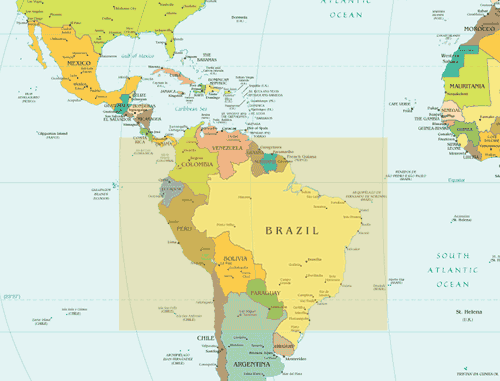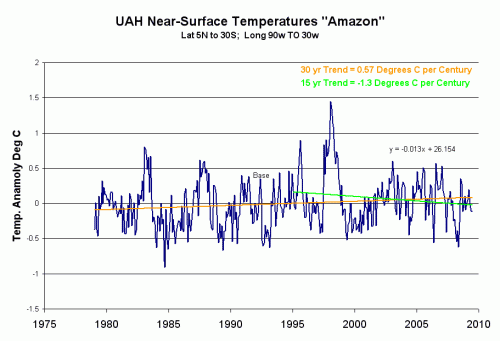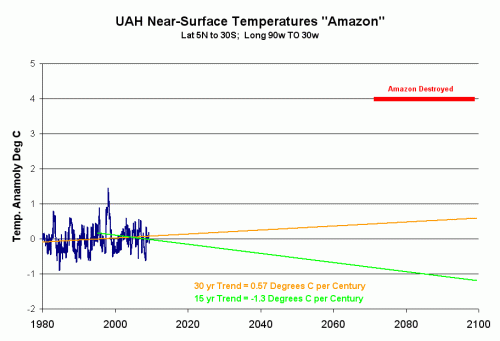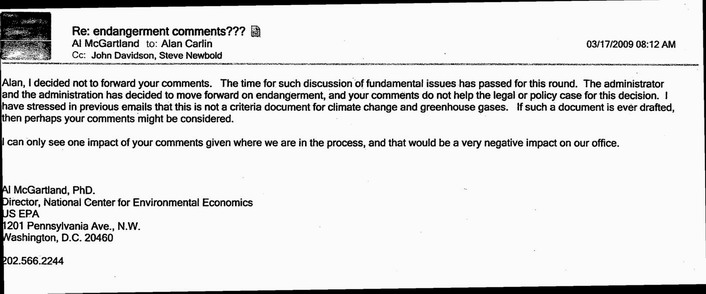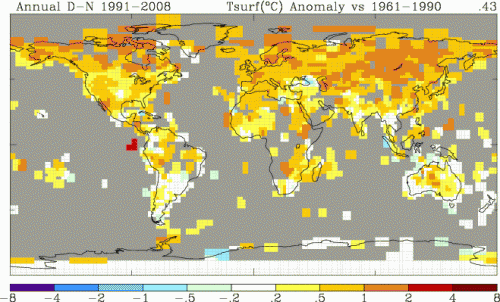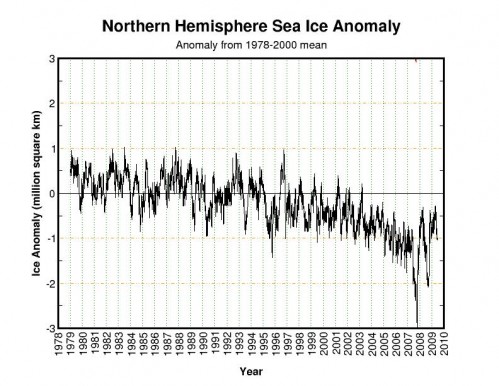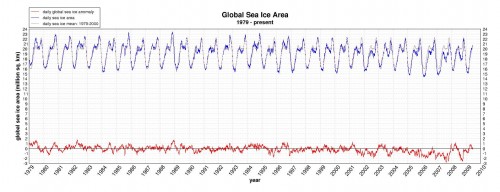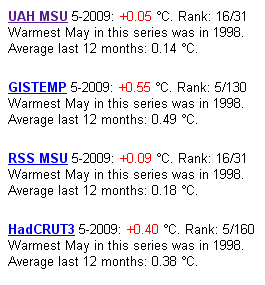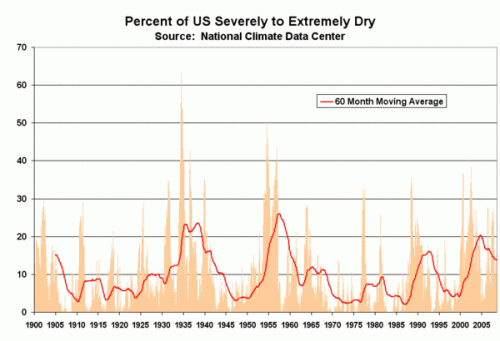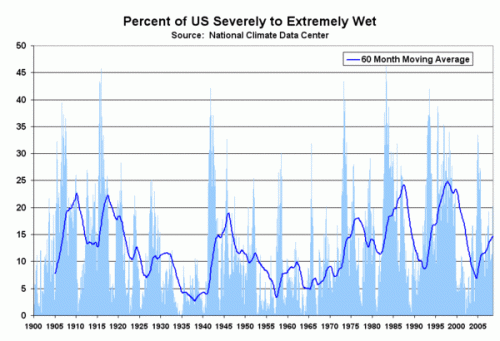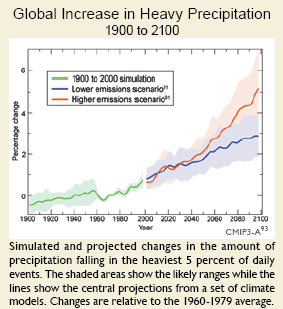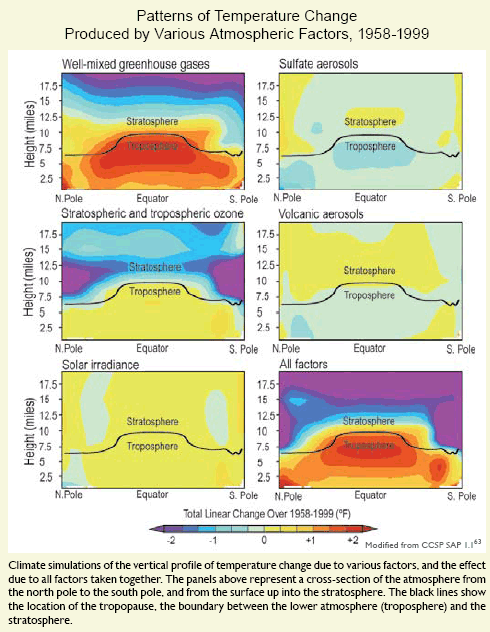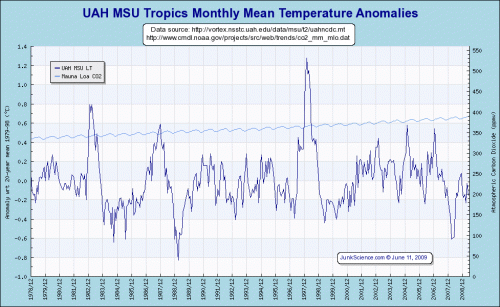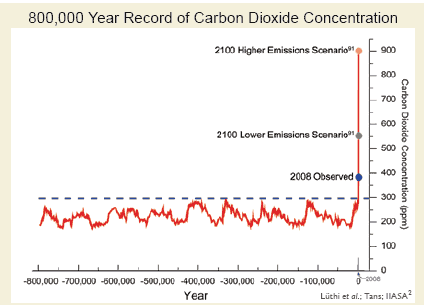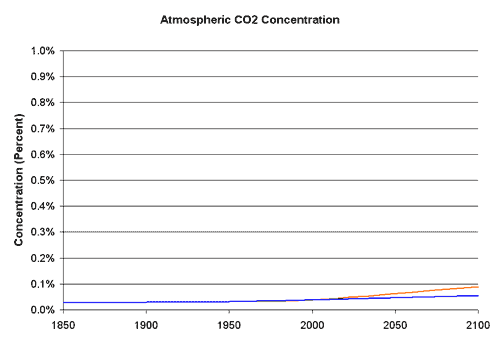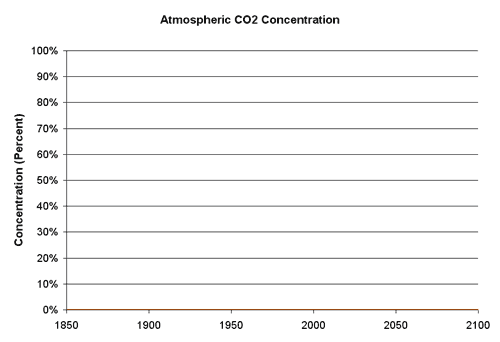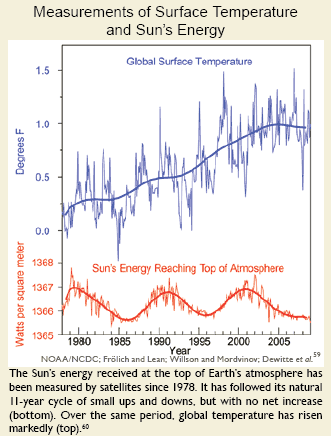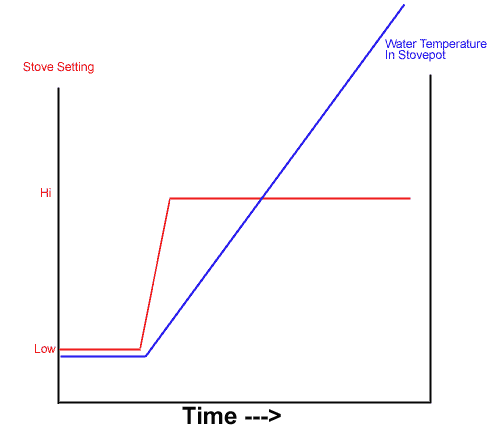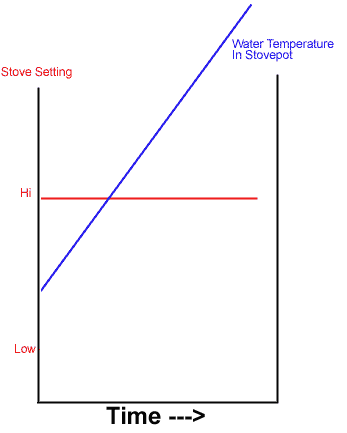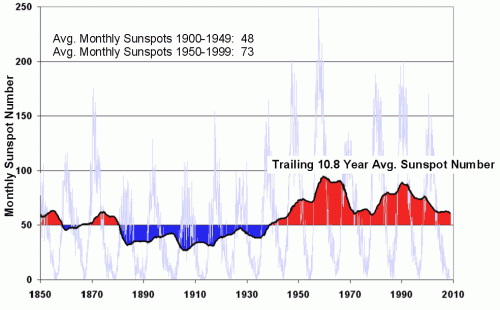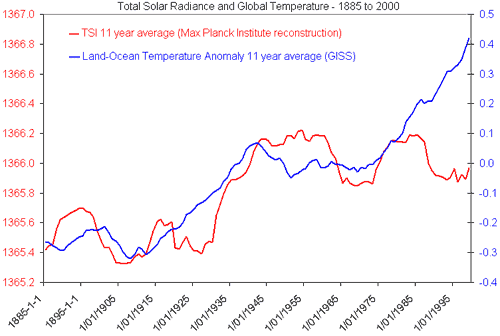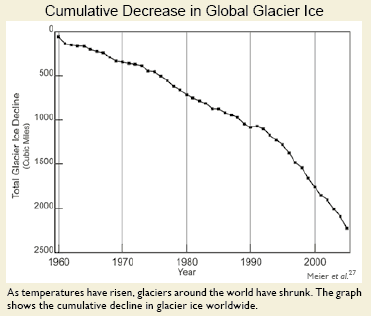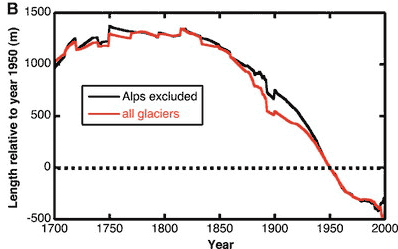Vegas casinos love the sucker bet. Nothing makes the accountants happier than seeing someone playing the Wheel of Fortune, or betting on “12, the hard way” in craps, or taking insurance in blackjack. While the house always maintains a slim advantage, these bets really stack the deck in the house’s favor.
And just as I don’t feel guilty for leaving Caesar’s Palace without playing the Wheel of Fortune, I don’t feel a bit of guilt for not taking this bet from Nate Silver:
1. For each day that the high temperature in your hometown is at least 1 degree Fahrenheit above average, as listed by Weather Underground, you owe me $25. For each day that it is at least 1 degree Fahrenheit below average, I owe you $25.
I presume Silver is a smart guy and knows what he is doing, because in fact this is not a bet on future warming, but on past warming. Even without a bit of future warming, he wins this bet. Why?
I am sitting in my hotel room, and so I don’t have time to dig into the Weather Underground’s data definitions, but my guess is that their average temperatures are based on historic data, probably about a hundred years worth on average.
Over the last 100 years the world has on average warmed about 1F. This means that today, again on average, most locations will sit on a temperature plateau about 0.5F higher than the average. So by structuring this bet like this, he is basically asking people to take “red” in roulette while he takes black and zero and double zero. He has a built in 0.5F advantage. Even with zero future warming.
Now, the whole point of this bet may be to take money from skeptics who don’t bother to educate themselves on climate and believe Rush Limbaugh or whoever that there has never been any change in world temperatures. Fine. I have little patience with either side of the debate that want to be vocal without educating him or herself on the basic facts. But to say this is a bet on future warming is BS.
The other effect that may exist here (but I am less certain of the science, commenters can help me out) is that by saying “your hometown” we put the bet into the domain of urban heat islands and temperature station siting issues. Clearly UHI has substantially increased temperatures in many cities, but that is because average temperatures are generally computed as the average of the daily minimum and maximum. My sense is that UHI has a much bigger effect on Tmin than Tmax – such that my son and I found a 10 degree F UHI in Phoenix in the evening, but I am not sure if we could find one, or as large of one, at the daily maximum. Nevertheless, to the extent that such an effect exists for Tmax, most cities that have grown over the last few years will be above their averages just from the increasing UHI component.
I don’t have the contents of my computer hard drive here with me, but a better bet would be from a 10-year average of some accepted metric (I’d prefer satellites but Hadley CRUT would be OK if we just had to use the old dinosaur surface record). Since I accept about 1-1.2C per century, I’d insist on this trend line and would pay out above it and collect below it (all real alarmists consider a 1.2C per century future trend to be about zero probability, so I suspect this would be acceptable).

